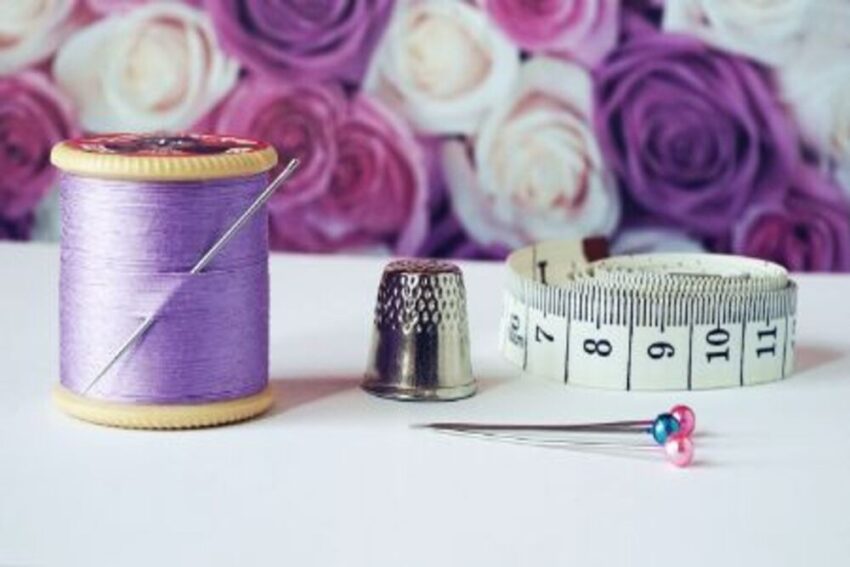Sewing machines can be invaluable tools. Not only can they create clothes, bags and other products you couldn’t create with your own hands alone; but their use also provides greater convenience.
Before using your machine, it must first be assembled according to its manual. This may take some time and patience.
Stitch Length
Stitch length is a setting that determines how long each stitch will be. By altering this setting, you can alter its effects depending on your fabric and project – longer stitch lengths work better on heavier fabrics while shorter stitches may work best on sheer fabrics such as silk charmeuse or chiffon. When working with stretchy fabric a shorter stitch length or even zigzag stitch is often necessary so as not to rupture thread. Look out for embroidery machine for beginners.
As a starting point, a standard straight stitch length of 2.5 to 3.0 mm provides a high quality stitch for most projects. However, for basting, longer stitches of 5mm to 7mm may be required in order to easily unpick stitches when finished.
Thread Tension
Your machine’s upper thread tension controls how tightly its discs grip thread coming from its bobbin. For optimal results, this number should be balanced with that of its corresponding lower thread bobbin in order to achieve optimum results.
Increased tension will cause the discs to grip the thread less tightly, leading to tighter stitches with less thread being drawn through and into each stitch.
If you are sewing heavy fabric, the highest stitch count may be required for success. Always test fabrics on scrap first to assess tension before beginning production.
The bobbin case also comes equipped with its own tension control, although this setting should typically remain preset as sewing styles require differing amounts of pressure on thread bobbins. A flat spring exerts tension on this thread as it passes through its groove; an adjustable knob on its back regulates this pressure.
Thread Feet
No matter your skill level or expertise, having your sewing machine jam can be one of the most frustrating experiences ever. In order to address and prevent future instances, it’s essential that you understand why this happened so that you can address and remedy the problem as soon as possible.
Work piece feed mechanisms are key components of manual sewing machines, ensuring accurate stitch length measurement and seamless fabric joins that remain unobtrusive and unfussy.
Computerised machines use synchronisers to pinpoint the position of their needle when taking/moving up and down steps. Each electronic marker setting coincides with a specific hand wheel rotation to definitively move/take the needle up/down.
Jams often result from thread or lint becoming trapped between tension disks that must be cleared away, needles that are too long for their machine or not inserted correctly into needle bars (consult with an expert before trying this yourself); as well as different sizes and types of upper thread and bobbin thread being present on each machine.
Threading
Threading your sewing machine properly is of utmost importance in order to achieve efficient performance. Threading ensures your machine will sew with appropriate stitches at an appropriate speed with optimal tension.
Step one is placing your thread onto a “spool pin,” a tall stick at the top of your machine with slots on either side to accommodate it.
As your thread passes along Route Three – the vertical groove in front of the machine – take it under and around Guide 4, taking care not to hit any guide posts while taking up towards the ‘Take Up Lever’.
If you need instructions, look at your manual. Many manufacturers offer manual download buttons on their websites where you can easily find free versions of their machines’ manuals; this can save both time and money! Some even provide videos to show how best to operate their machines.


